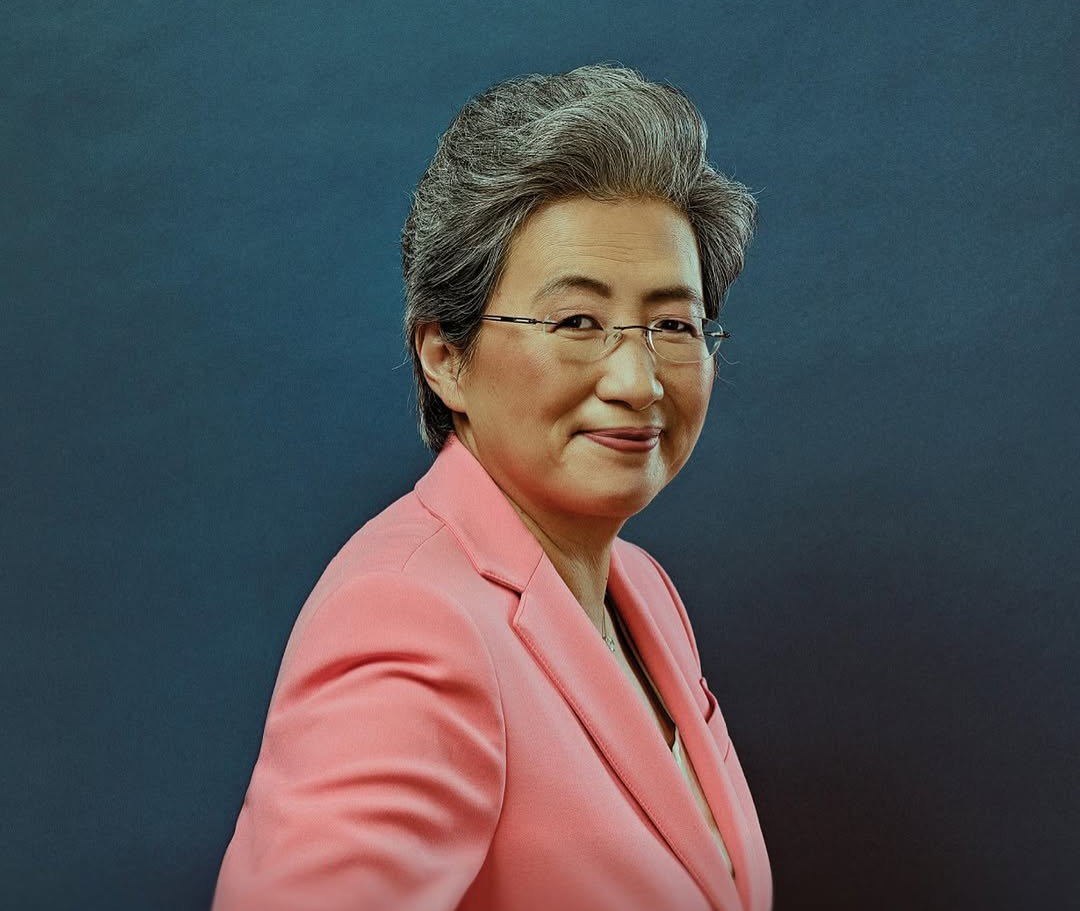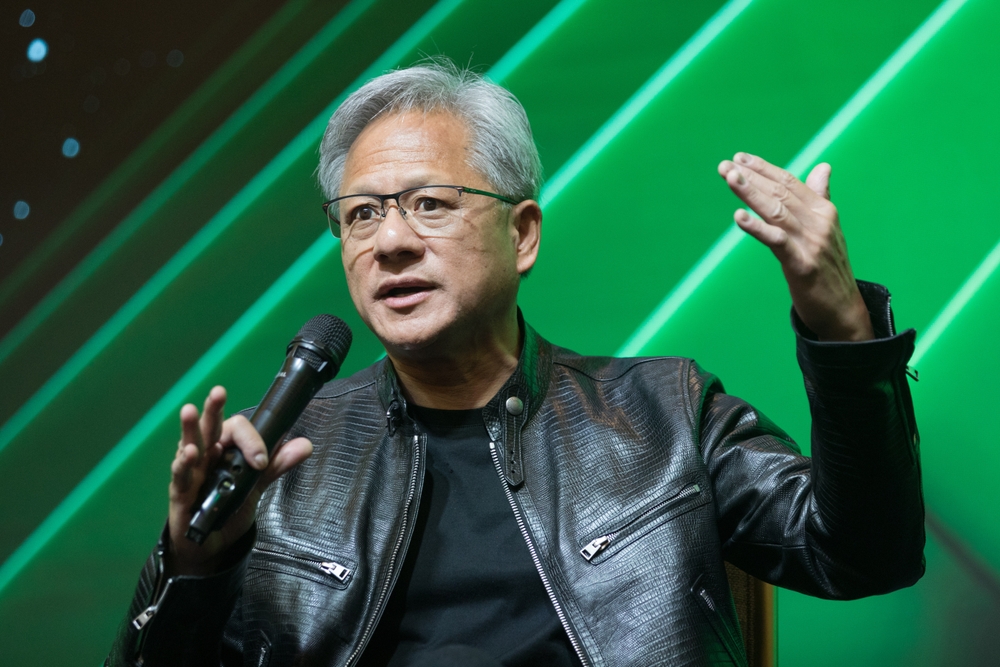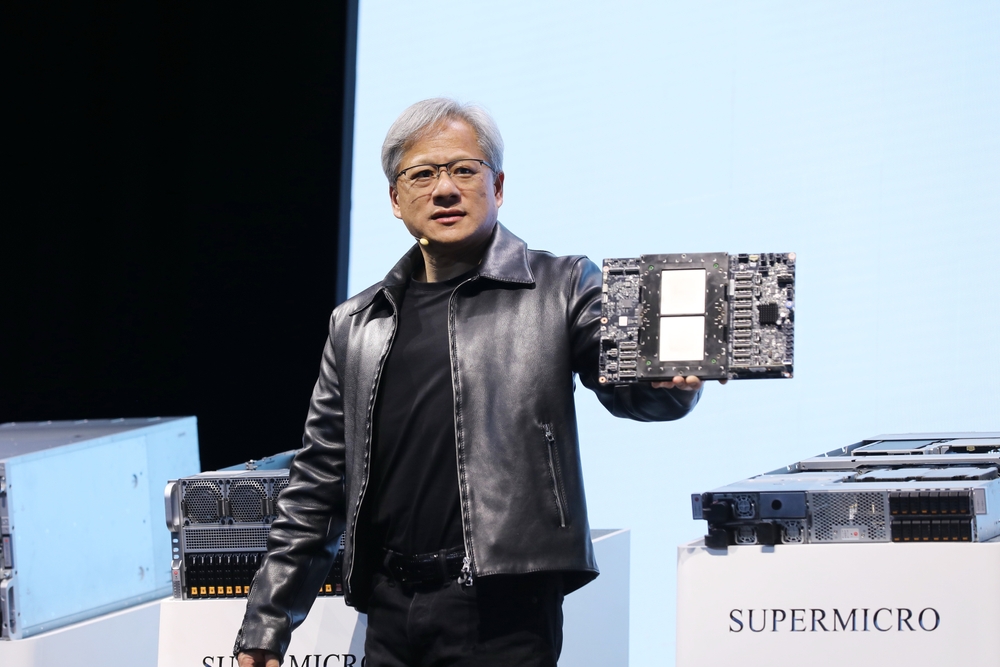Lisa Su vs. Jensen Huang: Inside the Billion-Dollar Rivalry Driving the AI Chip Race
In the semiconductor world, few rivalries are as fascinating—or as consequential—as that between Lisa Su, CEO of AMD, and Jensen Huang, CEO of Nvidia.
Both are at the helm of companies critical to the future of artificial intelligence, cloud computing, and high-performance gaming.
This isn’t just a story about products and profits—it’s about two very different leadership styles, two distinct corporate visions, and a battle that will shape the future of computing for decades to come.
How Do Lisa Su and Jensen Huang Know Each Other?
Lisa Su and Jensen Huang are distant relatives—Huang is reportedly Su’s first cousin once removed on her mother’s side. While they didn’t grow up together, both were born in Taiwan and moved to the United States at a young age.
Their relationship has been almost entirely professional. They have met at industry events, keynotes, and trade conferences, but their companies have spent decades as fierce competitors in the GPU space. The family connection hasn’t softened the rivalry—in fact, the competition has intensified as both have set their sights on the multi-billion-dollar AI chip market.

Lisa Su
Lisa Su: The Disciplined Strategist Who Engineered AMD’s Comeback
When Lisa Su took over as AMD’s CEO in October 2014, the company was on the brink of irrelevance. Intel dominated CPUs, and Nvidia had a stranglehold on high-end GPUs.
Su’s approach was methodical and turnaround-focused:
-
Rebuild the product pipeline: She invested heavily in R&D to develop the Zen architecture, which revitalized AMD’s CPU performance.
-
Focus on strategic contracts: Secured deals to power the PlayStation and Xbox consoles.
-
Target high-growth markets: Expanded AMD’s reach into data centers and AI accelerators, culminating in the launch of the MI300 series—designed specifically to compete with Nvidia’s AI chips.
-
Disciplined financial management: Controlled debt, improved margins, and funneled profits into innovation.
Su’s style is measured, data-driven, and focused on long-term sustainability rather than splashy moves.
Jensen Huang: The Visionary Who Made Nvidia the Face of AI
Jensen Huang co-founded Nvidia in 1993 and has remained CEO ever since—an extraordinary tenure in tech. Originally a gaming graphics company, Nvidia under Huang transformed into the undisputed leader in AI hardware.
Huang’s leadership is bold and risk-embracing:
-
Betting big on AI early: Invested in GPU parallel processing years before it became mainstream for AI training.
-
Building an ecosystem: Developed CUDA, Nvidia’s proprietary software platform that locks in developers to Nvidia hardware.
-
Expanding into new verticals: From automotive AI to data center dominance.
-
Flagship innovation: The recent Grace Hopper Superchip is a hybrid CPU+GPU designed for AI and HPC workloads, cementing Nvidia’s cutting-edge reputation.
Huang’s style is charismatic, future-focused, and driven by visionary bets that often redefine markets.
Which Is More Successful? A Deeper Look at the Numbers
While Nvidia currently leads in market value, success in the semiconductor industry is multi-dimensional. Let’s break it down:
| Metric | Lisa Su / AMD | Jensen Huang / Nvidia |
|---|---|---|
| Market Cap (2025) | ~$250B | ~$1T |
| Share Price Growth Since CEO Appointment | +3,000% (2014–2025) | +16,000% (1993–2025) |
| 2024 Annual Revenue | ~$23B | ~$60B |
| AI GPU Market Share | ~10% | ~80% |
| R&D Spending (2024) | ~$5B | ~$9B |
| Notable Product | MI300 AI Accelerators | Grace Hopper Superchip |
| CEO Net Worth | ~$740M | ~$42B |
Verdict: Nvidia dominates in AI GPUs and market cap, but AMD under Su has delivered one of the most impressive corporate turnarounds in tech history. Su’s gains in CPUs and expanding AI hardware lines have made AMD a serious long-term contender.

Jensen Huang
The Competition: AI, Data Centers, and Beyond
The AMD–Nvidia rivalry plays out across three major battlegrounds:
-
AI Acceleration
-
Nvidia’s CUDA platform is the gold standard for AI training, with a massive developer base.
-
AMD’s MI300 accelerators are designed to chip away at Nvidia’s dominance, particularly in AI inference workloads.
-
-
Data Centers
-
Nvidia leads in AI computing for hyperscalers like AWS and Microsoft Azure.
-
AMD’s EPYC processors have been gaining traction for general-purpose data center workloads, offering better power efficiency and value.
-
-
Gaming
-
Nvidia dominates PC graphics with its GeForce RTX series.
-
AMD maintains a powerful position in console gaming (PS5, Xbox Series X) and competes in the mid-to-high-end GPU market for PCs.
-
Why This Rivalry Matters for Business and Technology
This isn’t just a clash of companies—it’s a clash of philosophies.
-
Su represents precision, patience, and engineering excellence.
-
Huang embodies vision, risk-taking, and ecosystem control.
Their strategies influence not just gaming and AI, but global tech investment, cloud infrastructure, and even the pace of AI adoption.
For investors, developers, and enterprises, the outcome of this rivalry could define who controls the next decade of computing.
Related: The U.S.-China Chip War: Understanding the Tech Conflict Shaping the Future of Global Power
Related: How Jensen Huang Turned Nvidia Stock Into a $9 Billion Philanthropic Powerhouse














